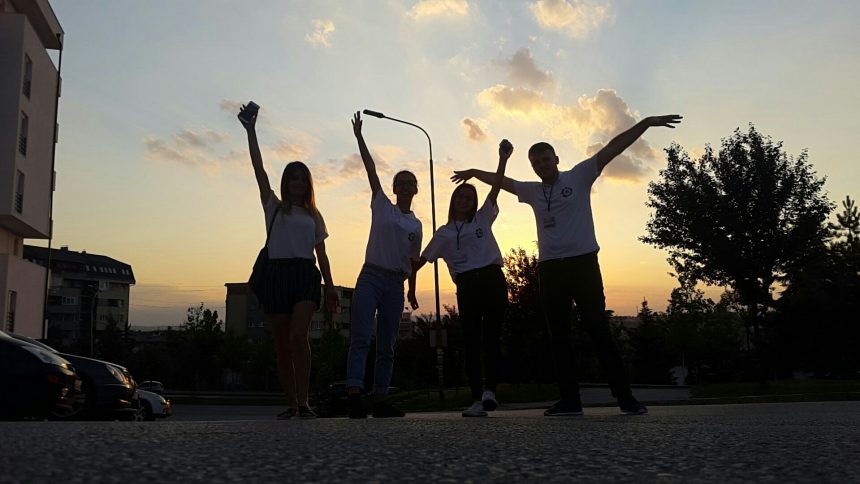Happiness is one of humanity’s oldest pursuits, yet what it means—and how we achieve it—varies widely across cultures. While modern science continues to study what makes people flourish, centuries-old traditions across the globe have long offered unique blueprints for living a good life. From Scandinavian coziness to Japanese purpose, these global philosophies reveal that happiness is not one-size-fits-all.
Here’s what the science of happiness—and the wisdom of world cultures—teach us about truly living well.
Hygge (Denmark): Finding Joy in the Simple Things
Translation: “Cozy togetherness”
In Denmark, one of the world’s consistently happiest countries, the concept of hygge plays a huge role in daily life. Hygge is about creating a warm atmosphere, sharing comfort, and savoring small pleasures—like candlelight, warm socks, or coffee with a friend.
Science says: Studies show that social connectedness, simplicity, and gratitude for small pleasures significantly boost happiness levels. Practicing mindfulness and reducing digital distractions can help us cultivate more “hygge” moments in everyday life.
Ikigai (Japan): Living with Purpose
Translation: “Reason for being”
In Japan, especially among Okinawa’s famously long-lived population, ikigai is the belief that a life worth living is one filled with meaning. It’s where what you love, what you’re good at, what the world needs, and what you can be paid for intersect.
Science says: Having a sense of purpose is a strong predictor of mental and physical health. Purpose-driven individuals tend to have lower stress, better sleep, and even longer lifespans. You don’t have to change your career—just find ways to make your daily routines more meaningful.
Ubuntu (Southern Africa): I Am Because We Are
Translation: “Humanity through community”
In cultures across Southern Africa, ubuntu represents a deeply communal approach to life. It emphasizes empathy, generosity, and the interconnectedness of all people: “My happiness depends on yours.”
Science says: Positive psychology confirms that giving and helping others increases our own happiness. Strong social bonds, empathy, and community involvement are key ingredients for long-term well-being.
Lagom (Sweden): Just the Right Amount
Translation: “Not too little, not too much”
Swedes believe that moderation and balance—not excess or deprivation—are the keys to sustainable happiness. This applies to work-life balance, consumerism, and even emotional expression.
Science says: Avoiding extremes and pursuing balance aligns with evidence that sustainable routines, healthy boundaries, and moderated expectations lead to greater life satisfaction and reduced burnout.
Pura Vida (Costa Rica): A Grateful Outlook
Translation: “Pure life”
More than a greeting, pura vida is a Costa Rican philosophy of gratitude, resilience, and simplicity. It’s about appreciating life’s beauty, even during difficult times.
Science says: Gratitude is one of the most powerful happiness boosters. Research shows that people who regularly practice gratitude sleep better, have fewer physical complaints, and experience more joy in daily life.
Sisu (Finland): Inner Strength in Tough Times
Translation: “Extraordinary perseverance”
Finns embrace sisu, the idea of resilience, grit, and silent determination in the face of adversity. It’s not about denying pain—it’s about continuing anyway, with quiet courage.
Science says: Resilience isn’t just genetic—it’s a skill. Practices like reframing negative thoughts, building support networks, and goal-setting help us bounce back from hardship and find strength in struggle.
Buen Vivir (Andean South America): Living in Harmony
Translation: “Good living”
Indigenous Andean communities promote buen vivir, a way of life that values harmony with nature, community, and culture over material gain or competition.
Science says: Prioritizing connection—to the environment, to others, and to culture—can reduce anxiety and foster long-term contentment. Consumerism, by contrast, has been linked to lower life satisfaction.
Common Threads Across Cultures
While these happiness philosophies differ in language and emphasis, they share common foundations:
- Connection: Whether it’s ubuntu or hygge, social bonds are essential.
- Purpose: Ikigai and sisu highlight the role of meaning and perseverance.
- Balance: Lagom, buen vivir, and pura vida promote moderation and perspective.
- Gratitude: Most traditions emphasize mindfulness and appreciation.
Bringing Global Wisdom Into Daily Life
You don’t need to move to Sweden or Japan to adopt these practices. Start small:
- Light a candle and share a cozy dinner (hygge)
- Volunteer or call a loved one (ubuntu)
- Journal about what gives you purpose (ikigai)
- Take a tech break or walk in nature (buen vivir)
Conclusion: Happiness Is a Global Collaboration
True well-being isn’t just about wealth or pleasure—it’s about alignment, connection, and meaning. While science helps us measure happiness, cultural traditions help us live it. By blending ancient wisdom with modern research, we can craft a life that not only feels good—but truly is good.
So the next time you seek happiness, consider looking around the world—and within.











